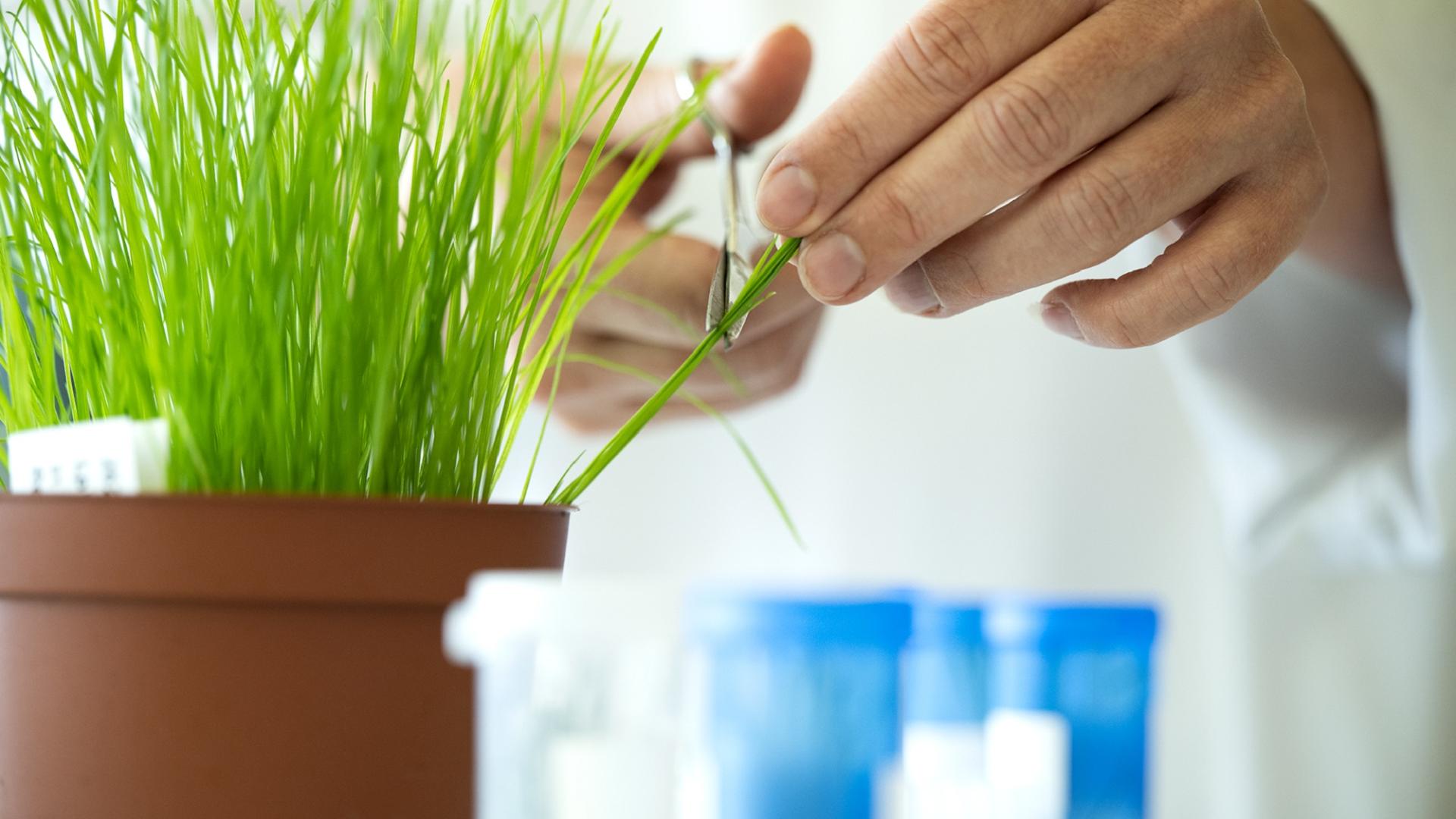RADIMAX - deeper rooting means stronger growth and better stress tolerance
RadiMax is helping plant breeders choose varieties that develop deeper roots to withstand the more frequent droughts that climate change will bring

Farmers and amenity managers faces great challenges with regards to forage and turf growth
Climate change has already had an effect on agriculture, parklands, and other areas of green turf grass
The need for robust, drought-tolerant crops and turf grasses has never been greater.
To mitigate the effects of climate change, Danish scientists and plant breeders have been working to develop new crops with deeper roots that will perform better in a world that's likely to experience more frequent droughts. A one-of-a-kind research project and facility, named RadiMax, took off in 2016. RadiMax is a cooperation between DLF, three Danish universities, and three other partners. RadiMax involves a screening facility at Copenhagen University and a high-performance computer cluster at Aarhus University.
The benefits of drought-tolerant grasses are many, As Christian Sig Jensen, Head of Biotech at DLF, says: “Today we have a strong portfolio of drought-tolerant varieties, and by utilising the RadiMax facility we are able to make it even stronger in the future.”
The screening facility consists of four v-shaped pits, each of which is three metres deep. The plants that grow on the surface of the soil-filled pits receive irrigation from the bottom only. Mobile tents ensure that no rain falls on the crops during the drought tests. Each pit has a capacity for 150 × 10-metre rows of grass plants. Plants that grow in the middle of a pit will have to root down to three metres to reach water “By measuring the biomass above ground we get a very good indication on the root system below” says Christian s. Jensen.
The facility is also equipped with Plexiglas tubes that run at an angle beneath each plant row down to the bottom. Multispectral cameras in the tubes can then record root growth at various points during growth and during stress. “This information," says Christian, "tells us how fast each breeding line will establish itself after sowing, and how it will respond to drought”
All plant material going into the screening facility will be subject to DNA profiling
Screening results and DNA profiles will then be analyzed at the computer cluster to generate genomic selection models, which breeders will use to predict rooting depth of new breeding material
Spring drought, a relatively new phenomenon in Northern Europe caused by climate change, is one of the challenges a project like RadiMax can help us meet. At DLF we have used the RadiMax facility to identify the varieties within each species that are most resistant to spring drought. RadiMax has already given us a better understanding of current varieties and species. It's vital knowledge that we can now use to develop even stronger, deeper-rooting and more drought-resistant varieties.